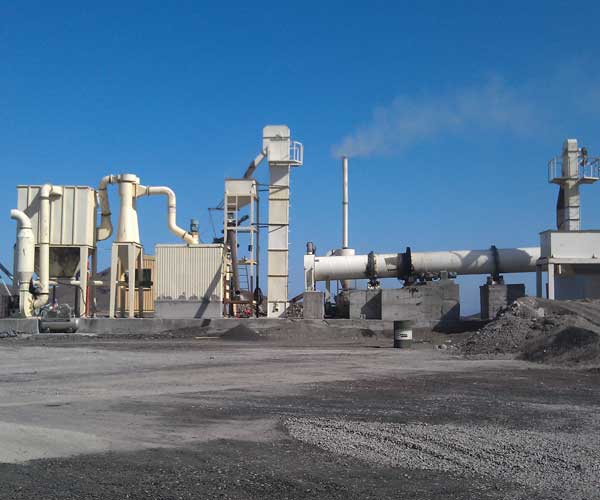
Calcined petroleum coke grinding plant is an essential asset for the energy and aluminum industries. The grinding process enhances the reactivity, consistency, and sustainability of CPC, improving the performance and efficiency of carbon anodes.
24 Online Service
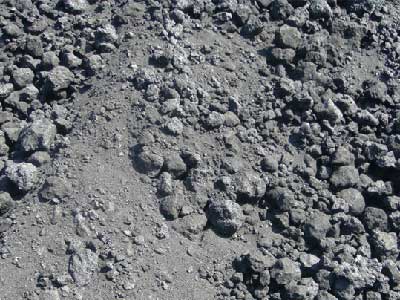
In the vast realm of industrial processes and materials, calcined petroleum coke (CPC) plays a pivotal role. Derived from raw petroleum coke, CPC undergoes a high-temperature calcination process, transforming it into a valuable carbon material with diverse applications.
Calcined petroleum coke is a carbonaceous solid derived from petroleum residue, often referred to as green coke or raw coke. It is produced through a multi-step process, starting with the extraction of crude oil. During oil refining, heavy residues are obtained, which serve as the primary feedstock for the production of CPC.
The calcination process, typically conducted in rotary kilns, involves subjecting the green coke to high temperatures, ranging from 1200 to 1400 degrees Celsius. This thermal treatment removes volatile matter and moisture, resulting in the transformation of raw coke into a porous, high-purity carbon material known as calcined petroleum coke.
Calcined petroleum coke possesses several distinctive properties that make it a sought-after carbon material. Its high carbon content, typically ranging from 95% to 99%, provides excellent conductivity and heat resistance. The low sulfur and ash content ensure its suitability for various industrial applications. The physical properties of CPC, such as particle size distribution and bulk density, can be tailored according to specific requirements.
Calcined petroleum coke finds application in a wide range of industries, playing a crucial role in each sector. Some key applications include:
While calcined petroleum coke offers various benefits, its production is not without challenges. The carbonization process requires substantial energy inputs, leading to high greenhouse gas emissions. The industry is actively seeking ways to mitigate these environmental impacts through process improvements and carbon capture technologies.
The Calcined Petroleum Coke market has experienced substantial growth over the past decade, primarily driven by the increasing demand for aluminum and steel worldwide. According to market research reports, the global CPC market was valued at approximately USD 8.5 billion in 2020 and is projected to reach USD 11.5 billion by 2027, registering a compound annual growth rate (CAGR) of around 4% during the forecast period.
One of the key drivers of the CPC market’s growth is the expanding aluminum production sector. Aluminum is extensively used in various industries, including automotive, construction, aerospace, and packaging. With the increasing focus on lightweight and fuel-efficient vehicles, the demand for aluminum in the automotive sector has soared, consequently driving the need for high-quality CPC in the production of carbon anodes.
Moreover, the steel industry has been a significant consumer of CPC. Steel is a fundamental building material and is utilized in infrastructure development, machinery manufacturing, and other sectors. As the construction and manufacturing activities surge worldwide, the demand for steel continues to rise, thereby propelling the growth of the CPC market.
Another factor contributing to the market’s expansion is the rising utilization of CPC in the production of graphite electrodes. Graphite electrodes play a crucial role in electric arc furnace (EAF) steelmaking, which has gained prominence due to its cost-effectiveness and environmental benefits. CPC is used as a binder material in the production of graphite electrodes, leading to an increased demand for CPC.
Furthermore, technological advancements in the production processes and the emergence of advanced petroleum coking technologies have positively impacted the market growth. These advancements have enhanced the quality of CPC, enabling manufacturers to cater to the evolving needs of end-users.
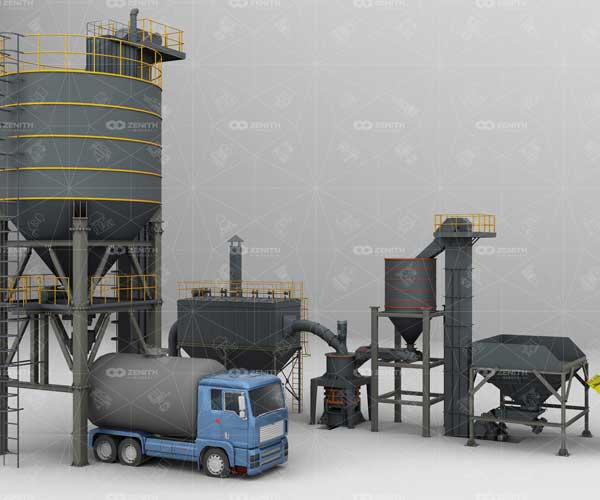
Calcined petroleum coke (CPC) is a vital raw material in various industries, particularly the aluminum and steel sectors. It is produced through a complex process involving the refinement of crude oil.
The first step in the production of calcined petroleum coke is the procurement of raw petroleum coke (RPC). Petroleum coke is a carbon-rich solid material that is a byproduct of the oil refining process. It is obtained from heavy or sour crude oils through various refining techniques such as delayed coking or fluid coking.
Once the raw petroleum coke is obtained, it undergoes crushing and grinding to break it down into smaller particles. This process facilitates efficient heating and removal of volatile components during the subsequent calcination process. Crushing and grinding also help to achieve a more uniform particle size distribution, which is crucial for consistent quality in the final product.
Blending and Homogenization
Blending and homogenization are essential steps in ensuring the desired quality and properties of the calcined petroleum coke. Different grades of raw petroleum coke may be blended together to achieve the desired carbon content, sulfur content, and other specifications required by end-users. Homogenization helps to ensure that the final product has consistent characteristics throughout the production process.
The most critical step in the production of calcined petroleum coke is the calcination process. Calcination involves heating the crushed and homogenized raw petroleum coke to high temperatures, typically ranging between 1200 to 1350 degrees Celsius, in a rotary kiln or a vertical shaft kiln. The purpose of calcination is to drive off volatile matter, including moisture, hydrocarbons, and other impurities, leaving behind a highly carbonized material.
During the calcination process, various reactions take place. The volatile matter is released as gases, while the carbon content of the petroleum coke increases. This results in the transformation of the raw petroleum coke into a calcined product with a higher carbon content, reduced moisture content, and improved physical and chemical properties.
Once the calcination process is complete, the calcined petroleum coke is cooled and then stored in silos or other suitable storage facilities. Cooling helps to stabilize the material and prevent any further reactions or degradation. The cooled product is then ready for further processing or shipment to end-users.
Before the calcined petroleum coke is used in various applications, it undergoes screening and sizing to ensure uniformity and consistency. The coke is typically sieved to remove any oversized or undersized particles, ensuring that the product meets the desired size specifications. This process helps to optimize the performance of the coke in its intended applications.
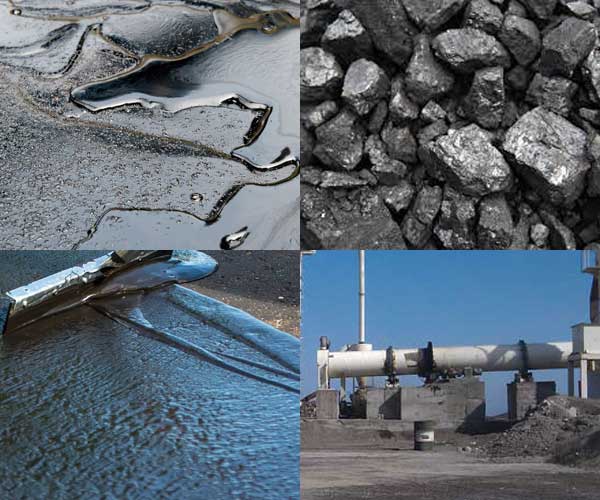
Calcined petroleum coke (CPC) plays a critical role in various industrial processes, including the production of aluminum, steel, and other metals. As a high-quality carbon material, CPC is derived from the refinement of crude oil through a process known as coking.
At the heart of the calcined petroleum coke manufacturing process lies crude oil, a fossil fuel formed over millions of years through the decomposition of organic matter. Crude oil serves as the primary raw material for the production of petroleum-based products, including gasoline, diesel, jet fuel, lubricants, and petrochemicals. It undergoes refining processes to extract various fractions, one of which is the heavy residue known as petroleum coke.
Petroleum coke is a carbon-rich solid material that remains after the refining process of crude oil. It contains a range of carbon forms, with carbon content typically ranging from 80% to 95%. Depending on the type of crude oil used and the refining process, petroleum coke can be categorized into different grades: fuel-grade coke (used as a fuel source in industrial processes) and calcined petroleum coke (CPC).
Calcined petroleum coke is produced through the calcination process, which involves heating the raw petroleum coke to remove volatile compounds and moisture, resulting in a highly pure carbon material. The calcination process is typically carried out in rotary kilns, where the raw coke is subjected to temperatures ranging from 1200 to 1400 degrees Celsius.
Coal tar pitch is a byproduct obtained from the distillation of coal tar, a black, sticky substance produced during the coking process of coal. Coal tar pitch is a crucial binder used in the production of calcined petroleum coke. It acts as a binding agent during the agglomeration of the calcined coke particles, providing strength and cohesion to the final product.
Various additives are incorporated during the manufacturing process to enhance the properties and performance of calcined petroleum coke. These additives can include pitch impregnation agents, antioxidants, plasticizers, and other carbonaceous materials. Each additive serves a specific purpose, such as improving the electrical conductivity, increasing the mechanical strength, or reducing the reactivity of the final product.
The quality of calcined petroleum coke is closely monitored to ensure it meets the required specifications for its intended applications. The carbon content, volatile matter, sulfur content, and other parameters are rigorously analyzed to guarantee the desired quality. Raw materials used in the production process greatly influence the final quality of the calcined petroleum coke, making their careful selection and assessment crucial for consistent results.
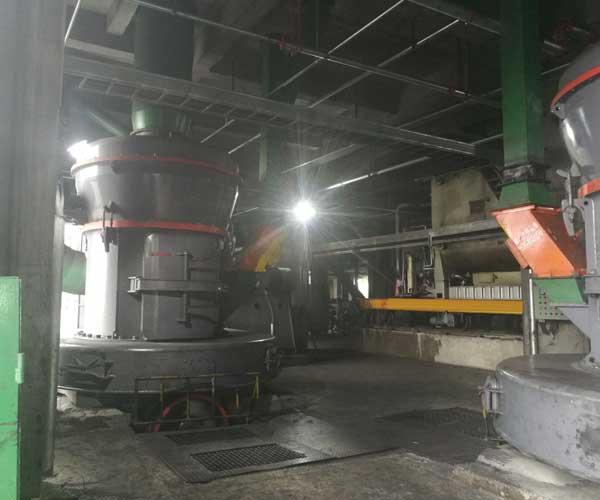
The global demand for energy is rapidly increasing, and with it comes the need for alternative fuels. Calcined petroleum coke (CPC) is a crucial ingredient in the production of carbon anodes used in the aluminum smelting process. However, before it can be used effectively, CPC must undergo a grinding process to improve its physical and chemical properties.
The grinding process plays a vital role in enhancing the quality and suitability of CPC for various industrial applications. The primary objective of grinding is to reduce the particle size of CPC, ensuring uniformity and consistency in its properties. This is achieved by subjecting CPC to mechanical forces, such as compression, impact, and attrition, in specialized grinding mills.
A calcined petroleum coke grinding plant plays a vital role in supporting the energy and aluminum industries. Here are some key contributions:
Our Projects
Copyright © ZENITH, All Right Reserved.
